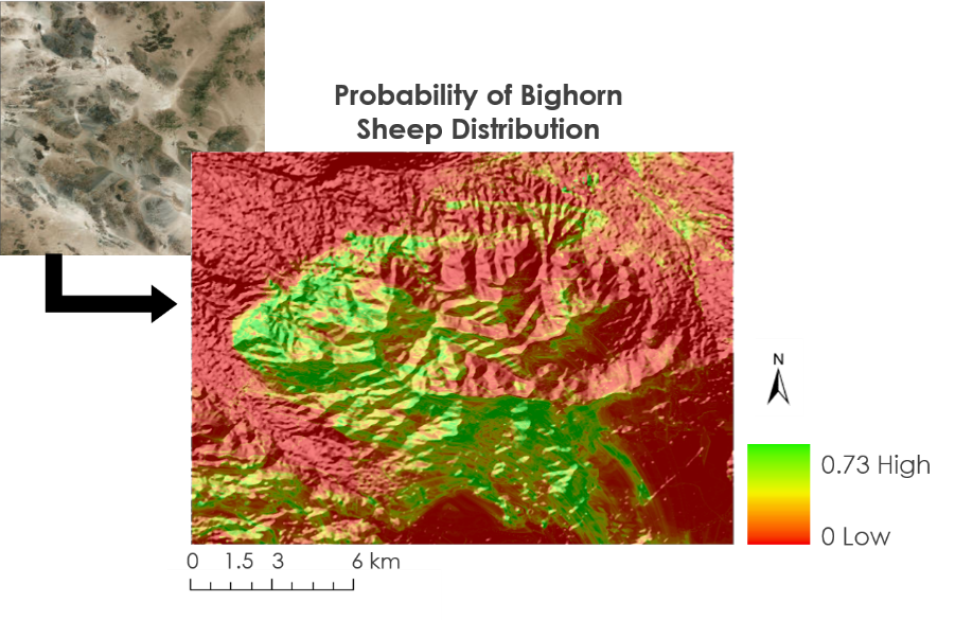During the fall 2018 term of NASA’s DEVELOP National Program, participants used geospatial data and technologies to investigate, analyze, and monitor several issues around the world. Some of the topics explored throughout the term included agriculture, health, biodiversity, air pollution, extreme weather, changing ecologies, fire, natural disasters, water resources, habitat restoration, and urbanization. Each project completed by a DEVELOP team is conducted in partnership with agencies or organizations local to the study area. Fundamental to the analytical and geospatial component of each of these projects is NASA Earth science remote sensing data. Several of these projects used data distributed by NASA's Land Processes Distributed Active Archive Center (LP DAAC), including data collected by the Advanced Spaceborne Thermal Emission and Reflection Radiometer (ASTER) instrument aboard NASA’s Terra platform, the Moderate Resolution Imaging Spectroradiometer (MODIS) aboard NASA’s Terra and Aqua platforms, and NASA’s Shuttle Radar Topography Mission (SRTM), which flew aboard the space shuttle Endeavour in February 2000.
All projects conducted in the fall term, as well as in past terms, can be found in the DEVELOP archive.
Featured Project: Assessing Bighorn Sheep Habitat in the Mojave Desert
Bighorn sheep are an important species in the Mojave Desert, both ecologically and culturally. These animals require extremely selective food types and elevation ranges to survive and thrive in their environment. Environmental degradation of their habitat combined with the need for specific food and elevations have caused these animals to split off into mini herds, making it hard for researchers to monitor and manage the current populations. A previous DEVELOP project used NASA data to study precipitation and vegetation greenness in the bighorn sheep’s habitat. This previous team found that additional parameters were needed to be studied in order to accurately assess bighorn sheep herds and to predict future distribution. In the fall of 2018, the Mojave Desert Ecological Forecasting team returned to the project to further examine the bighorn sheep’s habitat in the Mojave Desert.
